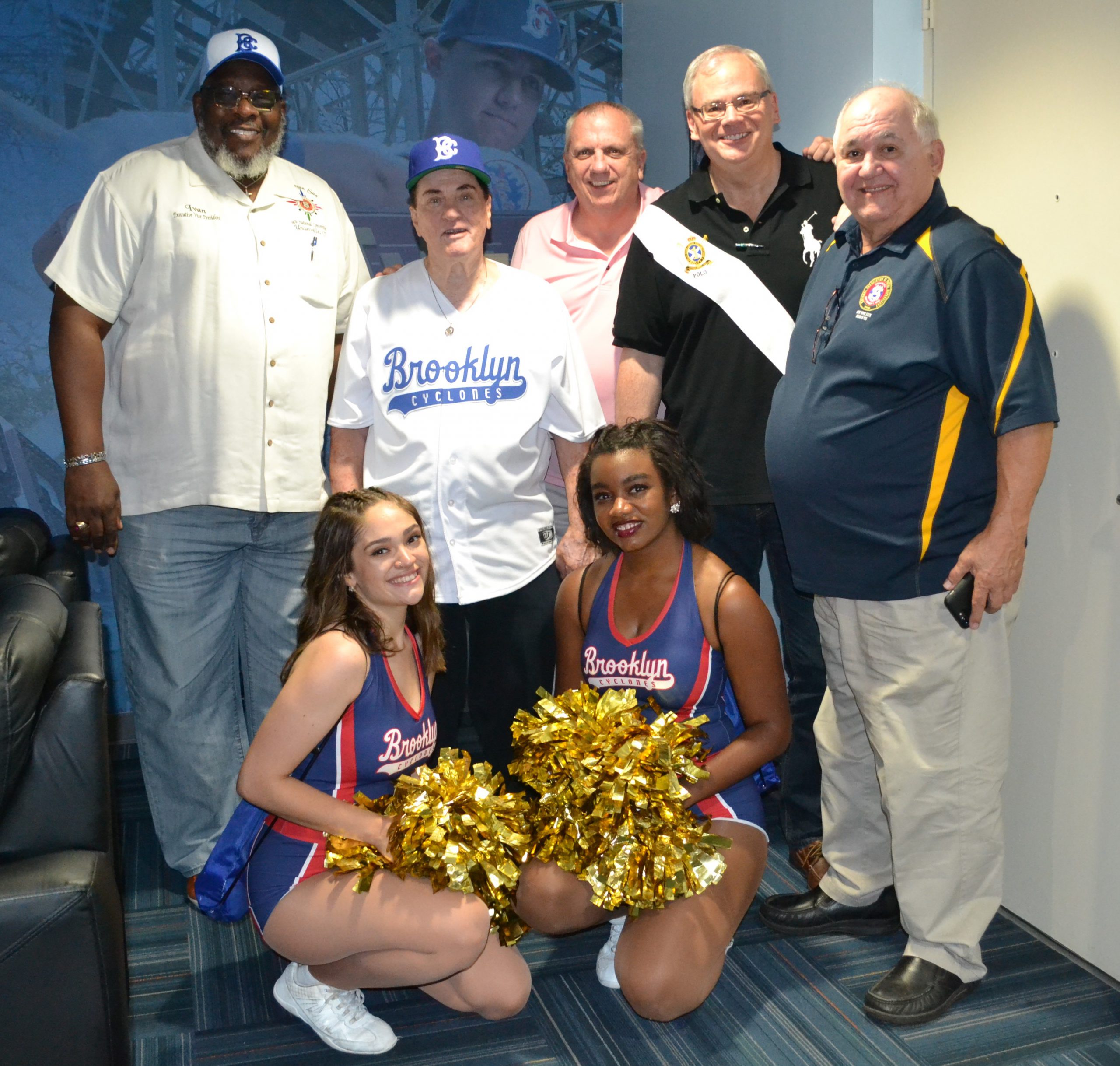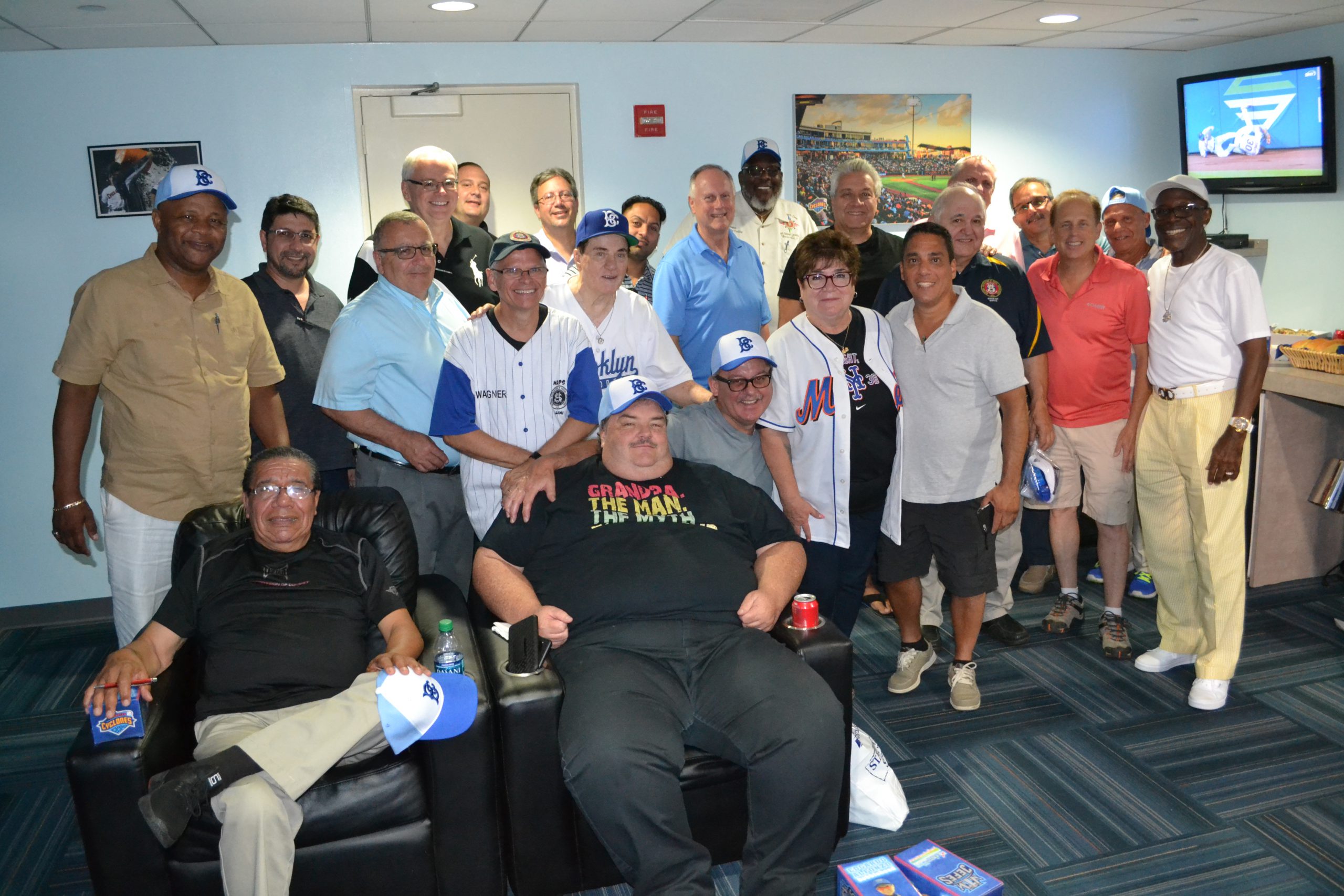NAPS Newsbreak Modifications to Pay Policies for Career Nonbargaining (EAS) Employees
- in News

A VIEW FROM THE BRIDGE






![]()
Viewpoint: How a Broken Pay System Forced Postal Supervisors to Take USPS to Court
By Brian J. Wagner
September 30, 2019
In late July, the National Association of Postal Supervisors filed a federal lawsuit against the U.S. Postal Service, challenging its administration of the pay system that covers approximately 50,000 managers and supervisors. It is the first time in nearly 45 years that NAPS, on behalf of the postal managers and supervisors it represents, has sued the Postal Service over pay.
NAPS went to court because the Postal Service has violated the law’s requirement that it pay managers and supervisors a salary comparable to the pay of their private sector counterparts and that it pay them more than the workers they supervise. These managers and supervisors help to assure the prompt and efficient delivery of mail and the reliability of postal operations. Without a “supervisory differential” in pay, the incentive of craft workers to become supervisors is sorely undermined, and without compensation comparable to the private sector, the Postal Service cannot recruit well-qualified supervisors from outside the Service.
NAPS was prompted to file the lawsuit after the Postal Service in May 2019 issued the final terms of its 2016-2019 pay package for all personnel under the Executive and Administrative Schedule (EAS), which covers the nearly 50,000 managers, supervisors and other middle-management employees who are not members of collective bargaining units. The terms of the Postal Service’s pay package were largely the same as it had first proposed in 2017, before more than a year of “consultation” with NAPS’s leaders and before a review by a three-member fact-finding panel convened in 2018 at NAPS’s request by the Federal Mediation and Conciliation Service. The fact-finding panel extensively reviewed the fairness of the Postal Service’s pay system for its managers and supervisors and unanimously found that the so-called “pay-for-performance” system the Postal Service had devised and applied to all postal managers and supervisors is “seriously flawed.”
Instead of accepting the panel’s recommendations, the Postal Service rejected nearly all of them, resulting in NAPS’s executive board voting unanimously to file a lawsuit contesting the Postal Service’s EAS pay policies and practices. In the lawsuit, filed in federal district court in Washington, NAPS also seeks a court ruling directing the Postal Service to recognize NAPS as a rightful representative of postmasters and EAS Headquarters and Area personnel. Unfortunately, the USPS denial of NAPS’s right to represent all EAS and postmasters is part of a continued effort by USPS executives to “divide and conquer” the EAS mid-level management ranks.
In its April 2019 factfinding report, the federal mediation panel unanimously concurred with NAPS on nearly all matters, strongly validating NAPS’s complaints about Postal Service EAS pay policies. The panel found that the Postal Service’s [pay for performance] system is “seriously flawed in that it does not accomplish its objectives or comport with the requirements of the [Postal Reorganization Act].” It also found that the Postal Service does not properly calculate the supervisory pay differential, which “has resulted in many thousands of Field EAS managers and supervisors receiving less than the Service’s own 5% target differential.” And it found that “the [pay for performance] program negatively impacts the Service’s ability to attract and retain qualified and capable supervisory and managerial personnel and fails to promote the maintenance of a well-motivated workforce.”
Experts in human resources continually stress the importance of worker engagement. Engaged workers create a positive impact on the bottom line of the enterprise, improving customer service, reducing absenteeism, and lowering accidents. The Postal Service has declined to put those principles into action, or even to become alarmed that its own Pulse Survey of the USPS workforce, conducted by Gallup, placed its employees in the bottom percentile of engaged workers in the nation. The Postal Service has taken no meaningful action despite the Gallup survey finding for the past several years that 99% of other large American companies have better employee engagement.
Postal managers and supervisors have grown increasingly frustrated over their pay and the lack of respect given by USPS executives to their role within the organization. At NAPS’s biennial national convention in August 2018, delegate frustration boiled over about the EAS PFP system that has produced years of paltry annual pay increases, including no pay raises for any EAS personnel in 2011 and 2012 and no pay raises for thousands of EAS personnel in 2015, 2017, and 2018. In contrast, all union-covered postal workers receive annual cost-of-living pay adjustments under agreements negotiated with the Postal Service. Further, unlike the rest of the agencies in the federal government, the USPS does not provide area wages or locality pay adjustments to workers in higher-cost areas, such as San Francisco, New York or Washington, D.C.
Now, a federal court will decide whether the panel was correct in finding that the Postal Service has violated—and continues to violate—the law’s requirements.
Brian J. Wagner is national president of the National Association of Postal Supervisors.

Supervisor Workload Credit System Work Team Meeting
Held at the Fairfield Inn & Suites in Uncasville CT. on Thursday 8/1/19
In Attendance – Thomas Roma – NAPS
James Warden – NAPS
Doug Tulino – USPS
Bruce Nicholson – USPS
Issues Discussed:
The Capital Metro Area had chosen Fairfax for the pilot site. After all data was finalized, Fairfax did not earn an additional supervisor. It was discussed to choose Chantilly as this Office has numerous rural routes, expanded tour of operation and qualifies for an additional supervisor. Mr. Tulino will ask for this site to be approved. Once approved the date will be determined for the pilot study.
A kick-off meeting will take place with the respective District Managers from the Districts where the pilot sites are located. The purpose of this meeting will be to inform the District Managers of the pilot sites, the purpose of the pilot and enforce the engagement needed by the District for this pilot testing. This meeting will take place after the final site (Chantilly) is approved.
An issue was discussed involving the tour of operation. Some Offices are open for operation 20 hours daily. Though larger Offices utilize a supervisor on tour 1 many utilize a clerk in charge as the staffing is minimal. Rather then hold up the pilot study to determine the work load credit for the extended hours of operation it was discussed to look at this work load in the pilot offices it pertains to during the study. The pilot will also include offices with rural routes and studies will be conducted during the pilot of similarities/differences with supervisory workload with those city and rural routes.
A review of the new SWCs program was discussed.
The program shows just over 3,000 supervisors are needed. The program had been updated using the authorized number of supervisors when prior the program was using data from Webcoins. Webcoins did not show the vacancies as authorized positions. This was the reason why the number needed in the new program to establish was higher prior.
It was also discussed the amount of supervisors now authorized in level 18 Offices. The number is approximately 1,300. The concern with this is the 15 hours of clerk (APWU) work that is authorized to be performed weekly. The program authorizes the first supervisor at 12.5 hours of supervisory work. There are approximately 156 level 18 offices that qualify and currently have a supervisor based on the current SWCS program. The program has been modified to only show the Level 20 and higher post offices. Level 18 offices will be analyzed separately.
By not including the level 18 offices in the program this would reduce the number of supervisor to increase to 1,779.8.
The reason the new SWCs number shows a .8 supervisors is the program has been adjusted and an Office showing a work load of 12.5 hours to 20 hours will be given a supervisor with a Non-Traditional Schedule allowing that supervisor to work in multiple offices. The bid will specify the specific work hours and offices with specific rest days.
Jimmy Warden
SWCs Committee Chairman – NAPS

 |
 |
 |
 |
|
Retired P.M. Brooklyn Joe Chiossone and wife say hello at stadium |
 |
 |
 |
|
President Brian Wagner and first pitch ball |
 |
|
President Brian Wagner throwing a strike |
|
 |
Tommy, Brian and Chuck before start of EAS Recognition night at |